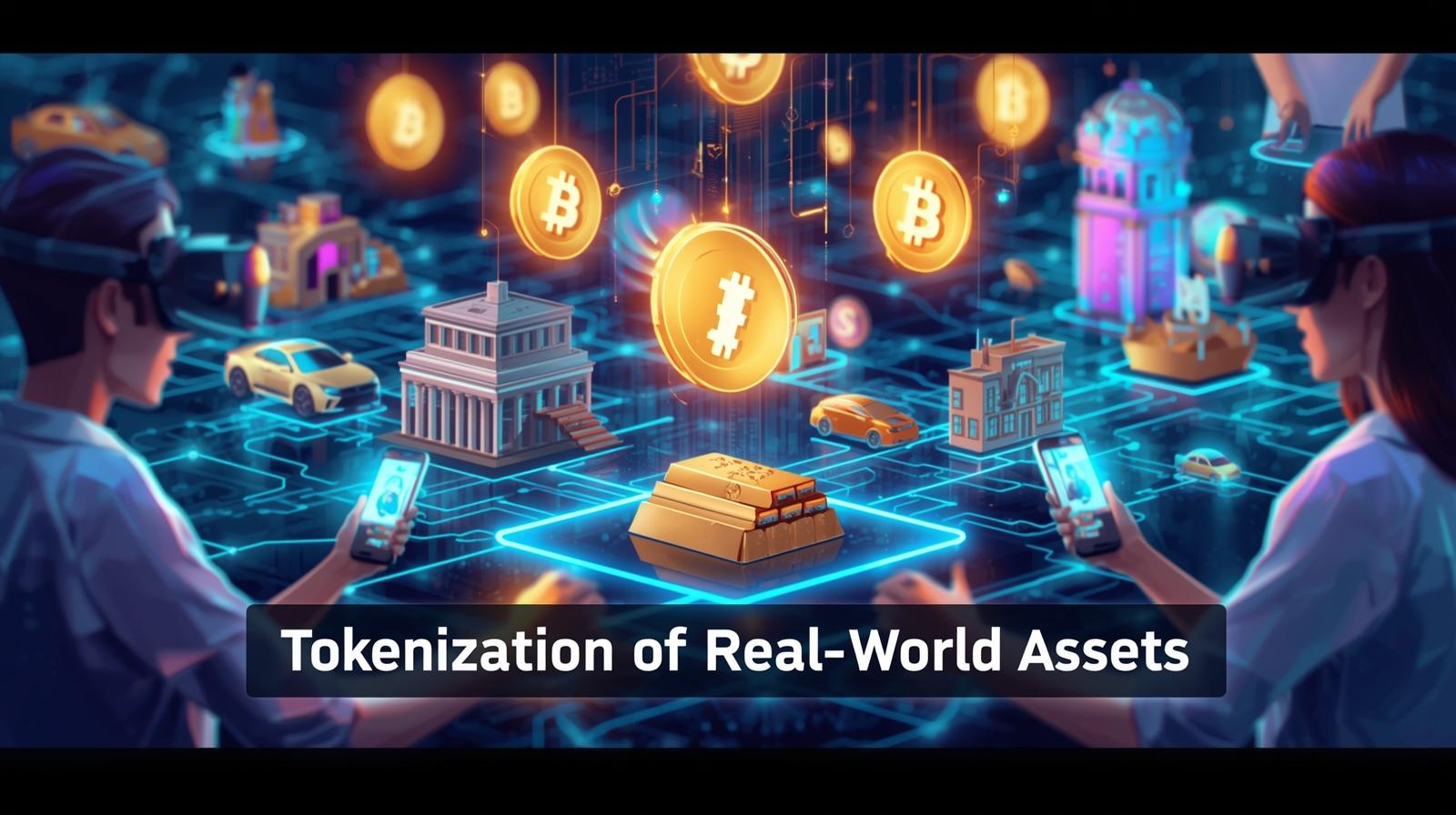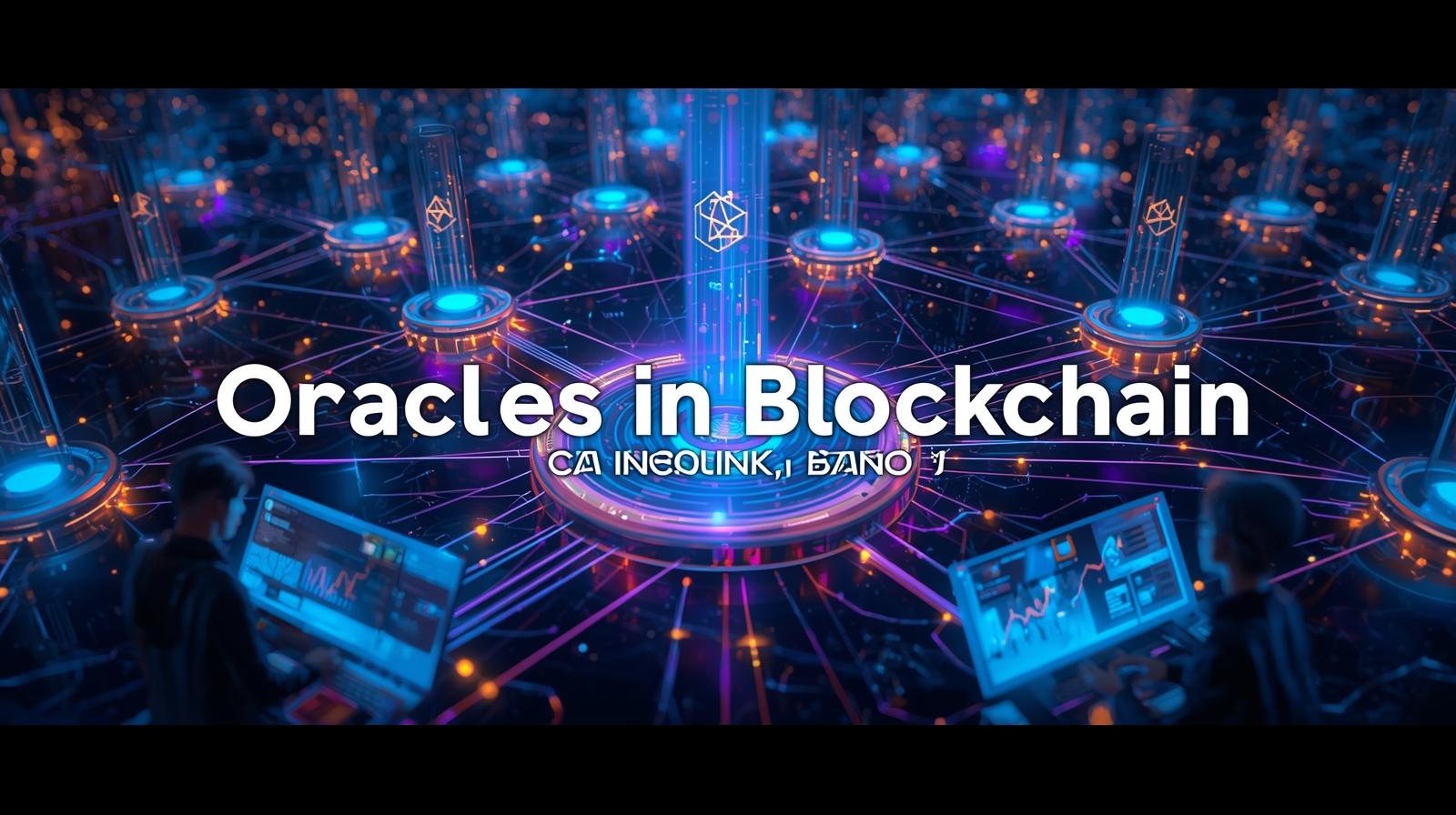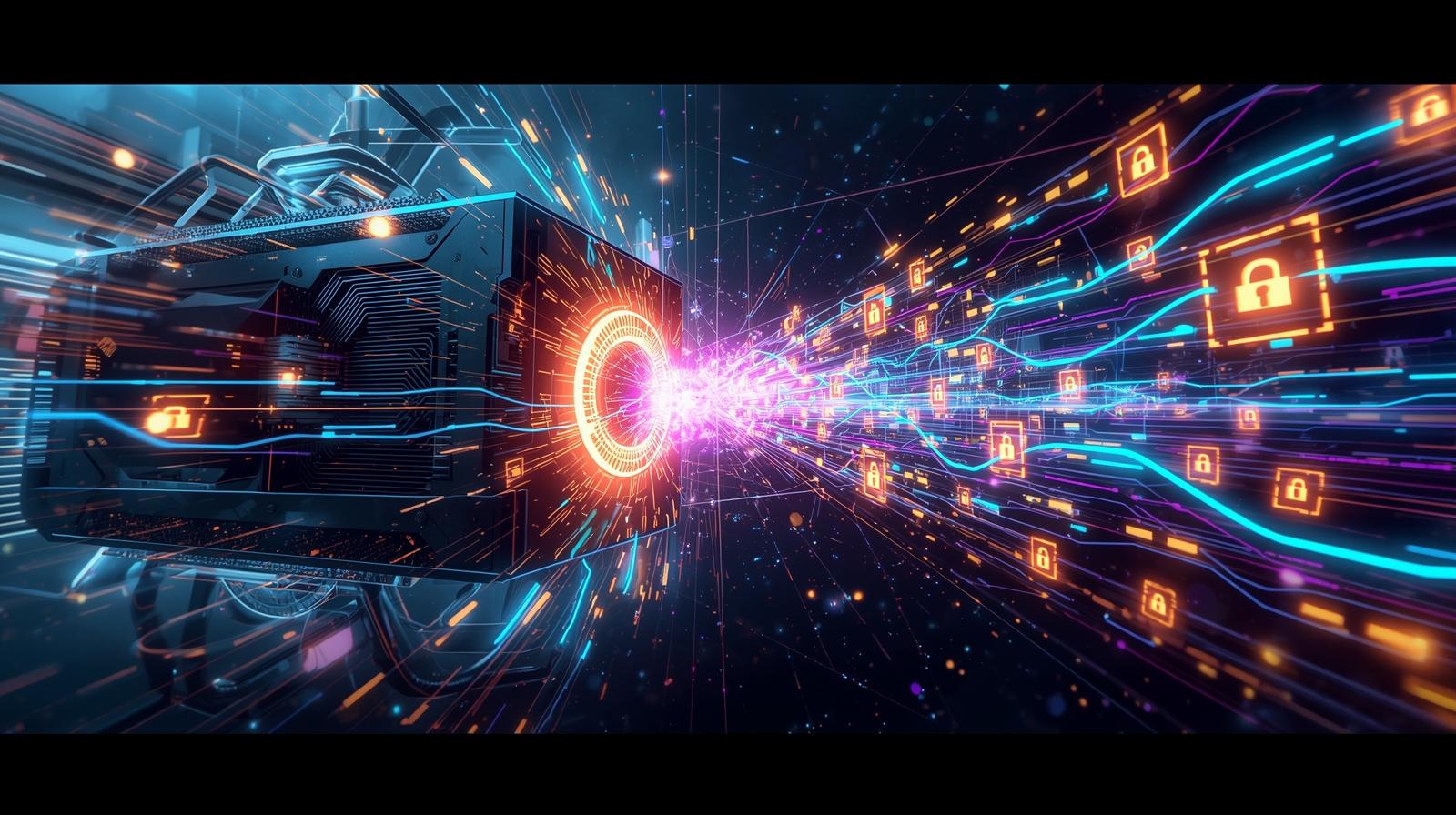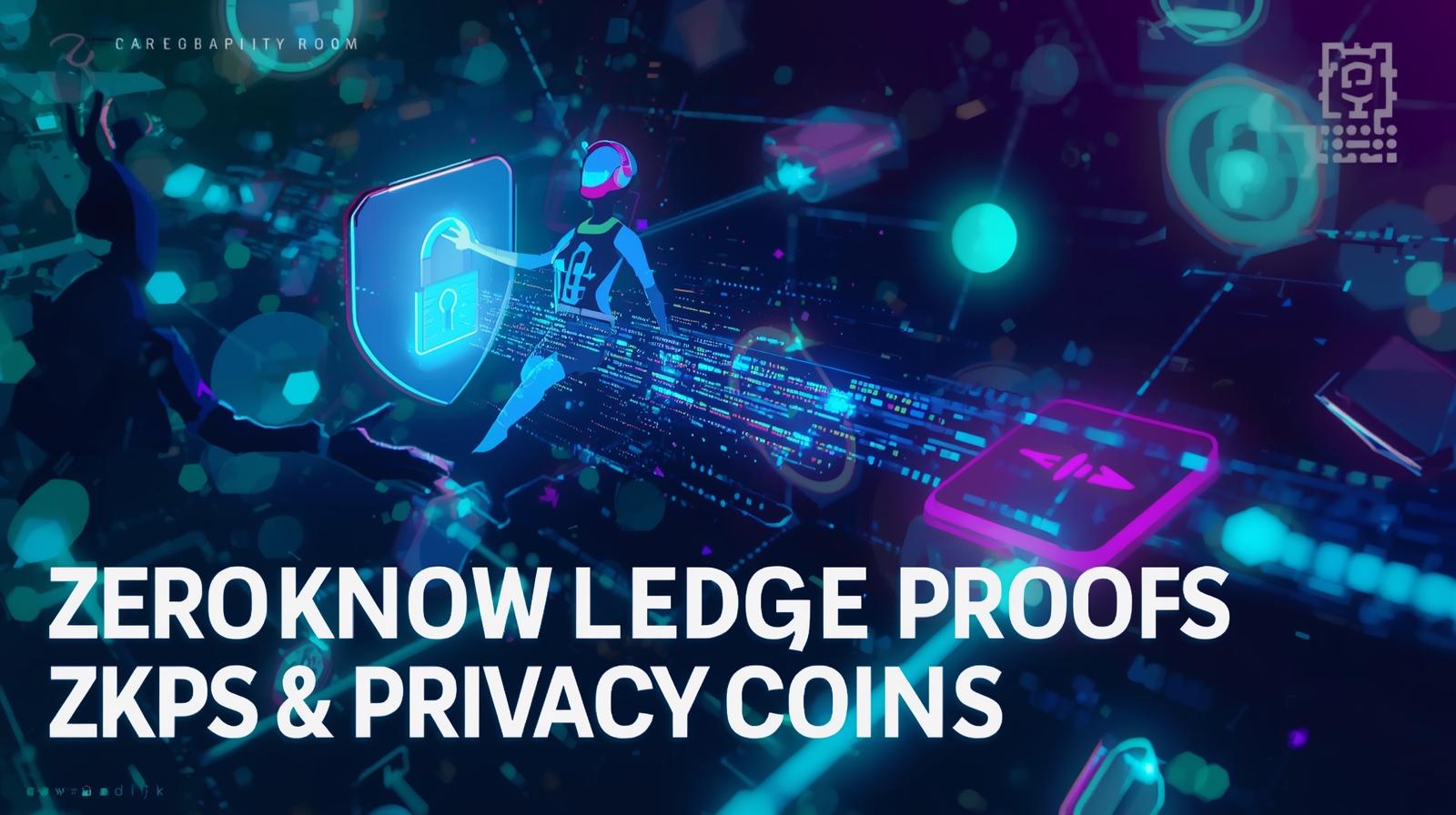In recent years, blockchain technology has revolutionized the way we perceive digital assets. One of its most promising applications is tokenization—the process of converting ownership of real-world assets into digital tokens on a blockchain. This innovation is transforming traditional finance, making assets more accessible, transparent, and liquid than ever before.
What is Tokenization?
Tokenization refers to the digital representation of ownership of an asset using blockchain technology. Essentially, each token acts as a proof of ownership or a claim on a fraction of an asset. This could include real estate, art, commodities, stocks, or even intellectual property.
By tokenizing assets, investors can buy, sell, or trade them on blockchain-based platforms, often without the restrictions or intermediaries associated with traditional markets.
Benefits of Tokenizing Real-World Assets
- Increased Liquidity
Traditionally, assets like real estate or fine art are illiquid and require significant time and effort to sell. Tokenization allows fractional ownership, enabling investors to trade small portions of high-value assets easily. - Accessibility for Small Investors
Tokenization lowers entry barriers, allowing investors to own fractions of expensive assets. For example, instead of buying an entire property, an investor could buy a token representing a share of it. - Transparency and Security
Blockchain ensures that all transactions are immutable and transparent, reducing the risk of fraud. Smart contracts automatically execute transactions, ensuring trust and efficiency. - Global Market Reach
Tokenized assets can be accessed and traded worldwide, opening investment opportunities beyond local or national boundaries.
Examples of Tokenized Real-World Assets
- Real Estate: Platforms like RealT allow investors to purchase fractional ownership of rental properties via blockchain tokens.
- Art & Collectibles: High-value artworks are increasingly being tokenized to allow multiple investors to own a fraction of a masterpiece.
- Commodities: Precious metals like gold or silver can be represented as tokens, making it easier to buy, sell, and store securely.
- Equities and Funds: Some investment funds issue tokens representing shares, enabling smoother trading and liquidity.
Challenges of Asset Tokenization
While tokenization is promising, it’s not without hurdles:
- Regulatory Uncertainty: Laws around tokenized assets vary widely across countries, creating legal challenges for investors and platforms.
- Market Adoption: Many investors are still unfamiliar with blockchain technology, slowing mass adoption.
- Technological Risks: Smart contract bugs or blockchain vulnerabilities can pose security risks.
The Future of Tokenized Assets
The potential of tokenization of real-world assets is enormous. As regulatory clarity improves and blockchain adoption increases, tokenization could redefine investment landscapes by democratizing access, increasing liquidity, and fostering global participation.
Investors can look forward to a future where buying a fraction of a luxury property, an artwork, or a commodity is as easy as trading stocks online. Tokenization is not just a trend; it’s a fundamental shift in how we perceive and trade assets in the digital age.



